

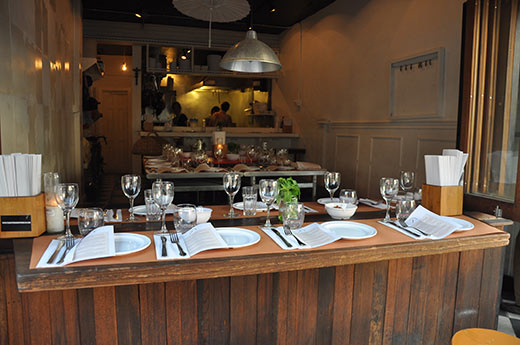
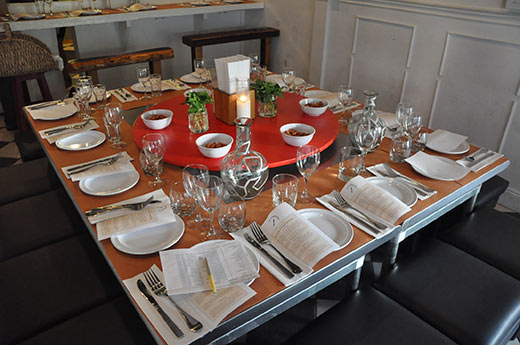
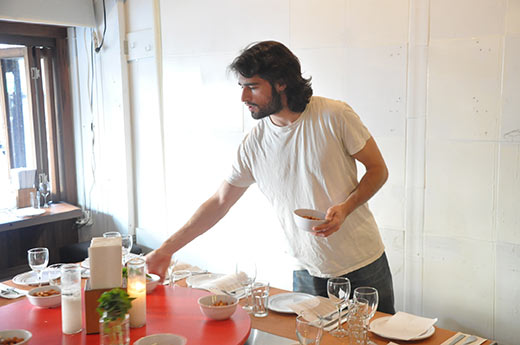
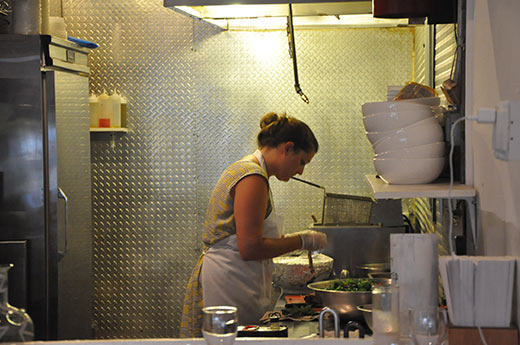
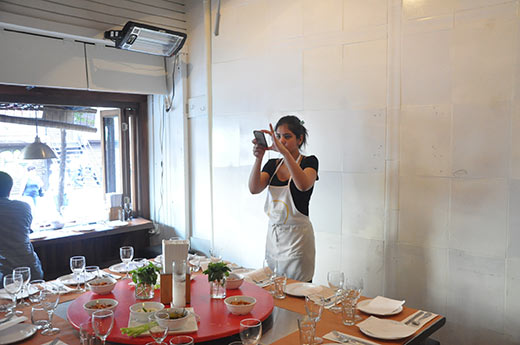

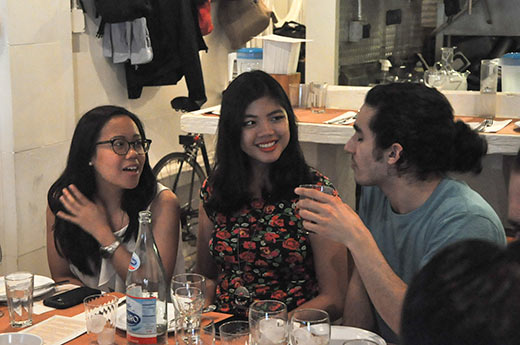
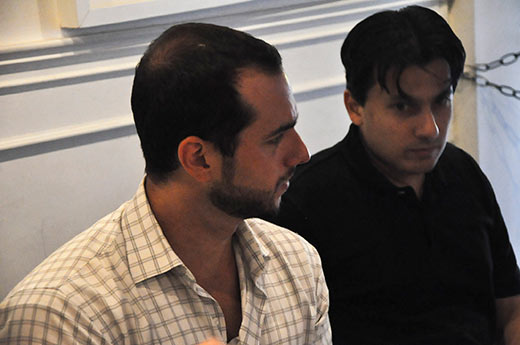

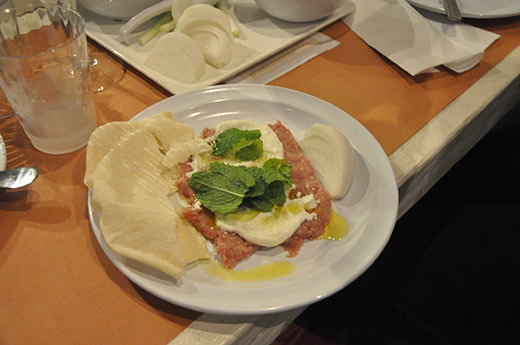
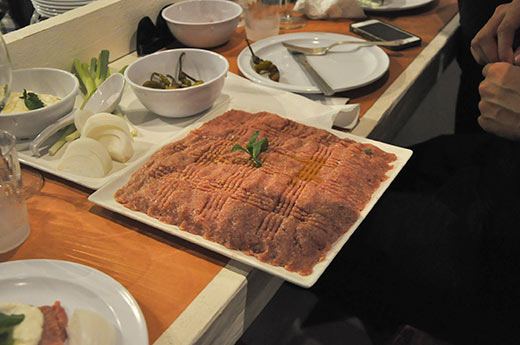
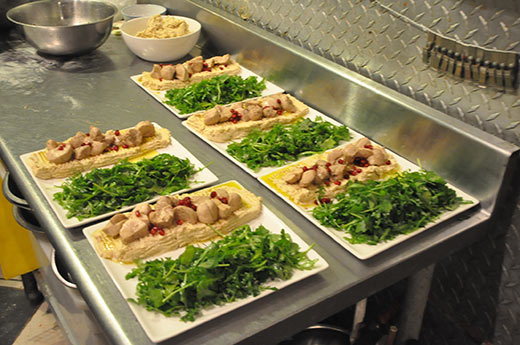
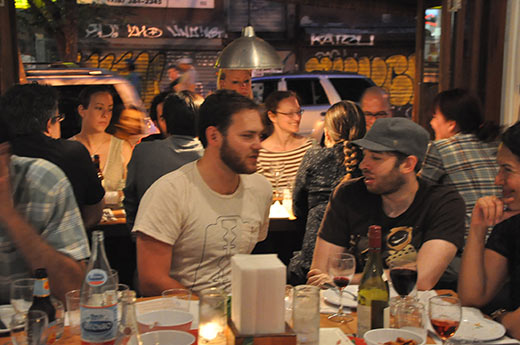
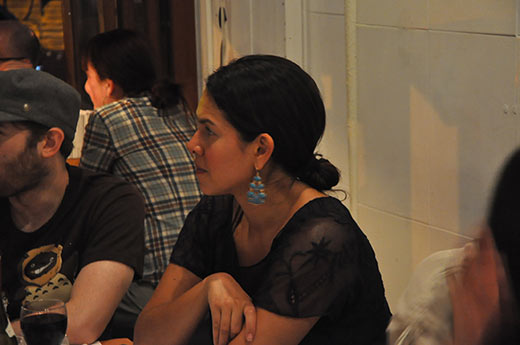
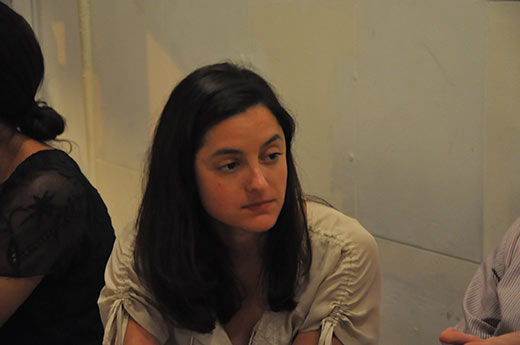
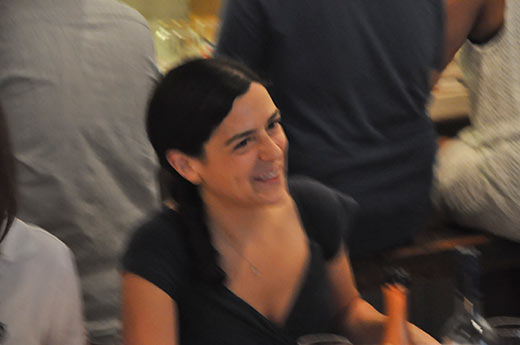
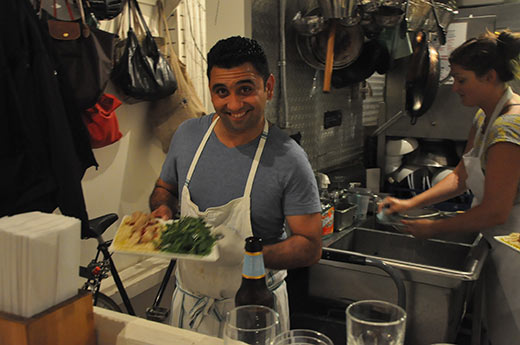

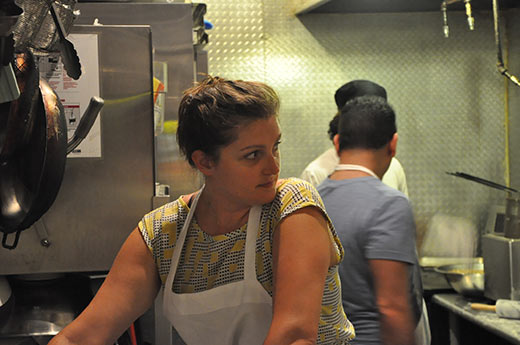
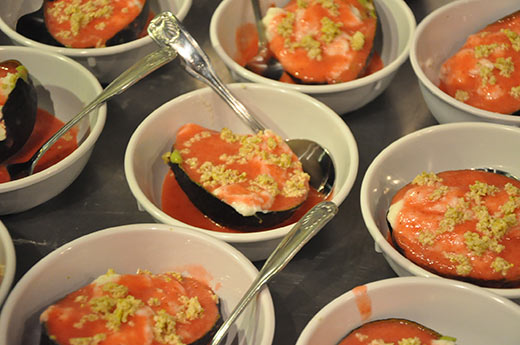
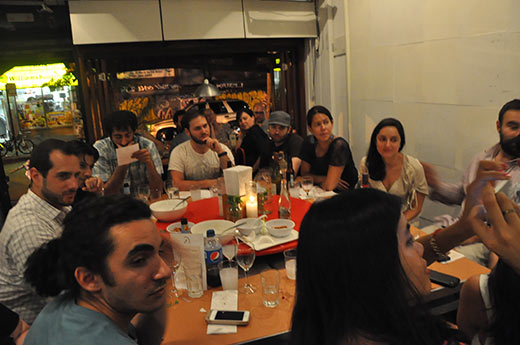
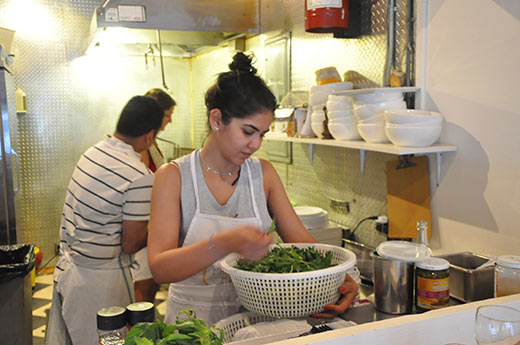
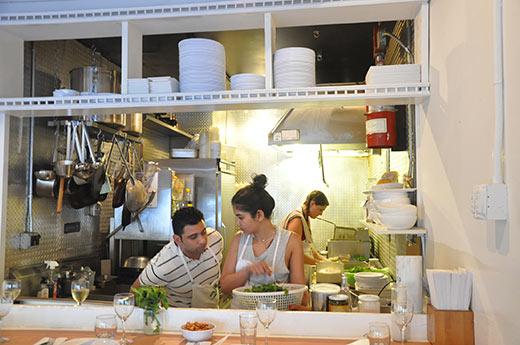
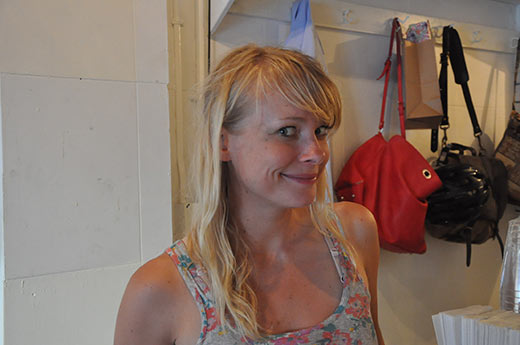
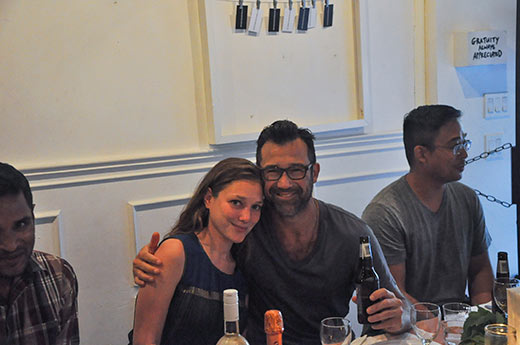
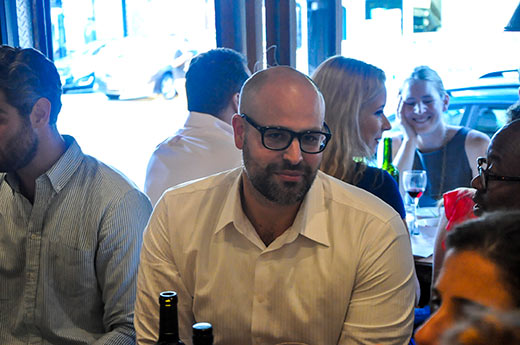
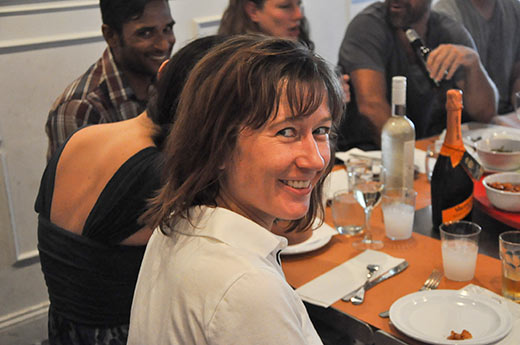

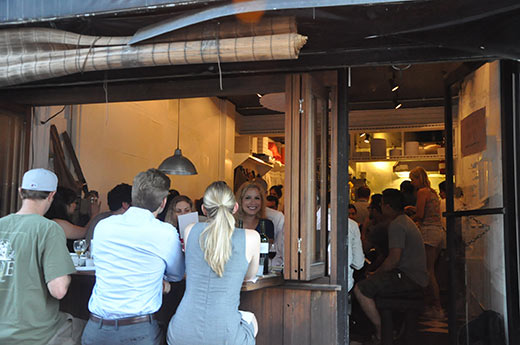
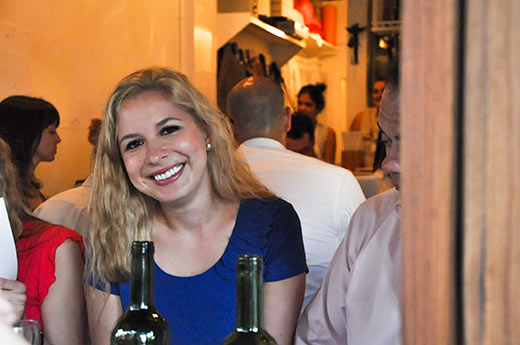
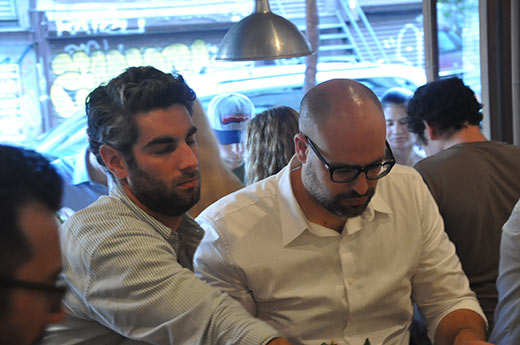
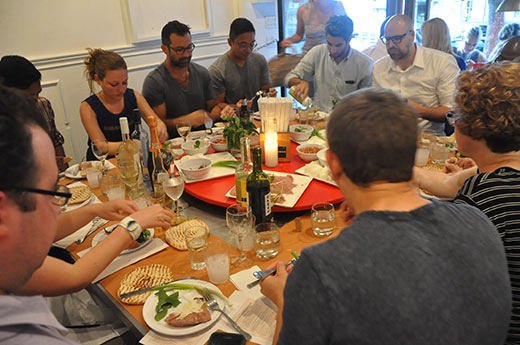
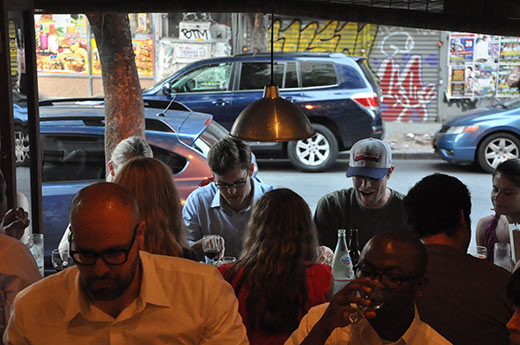
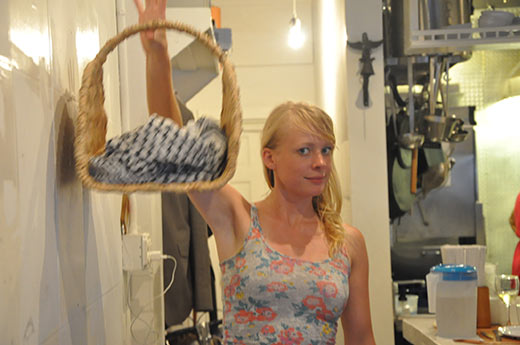
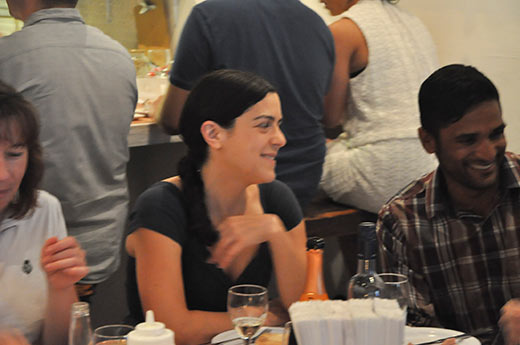

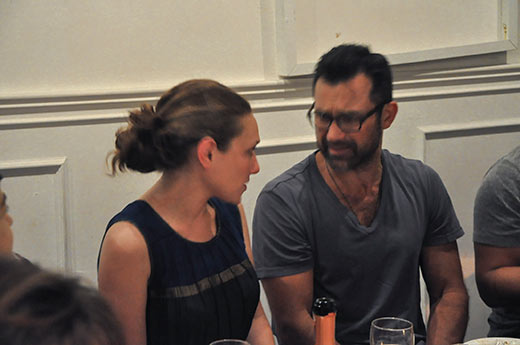
Naji Makes Us a Lebanese Feast
Marhaba Gastronauts!
There’s a little secret about Middle Eastern food in New York City: if it’s good, it’s probably hyphenated, like Lebanese-Armenian (Alymayass), Lebanese-Greek (Ilili), Lebanese-Turkish (Zaytina). And surely you noticed that there’s one part of the family tree that makes all the difference: Lebanese. Put another way: all eastern Mediterranean cuisines owe the Lebanese a debt of gratitude. Of course, Israelis like to say that they invented falafel, hummus, and the like — but that’s a fight we’re going to stay out of.
Back to the point, in our search for the perfect Lebanese meal, we found ourselves a purist. A chef, who’s not only an important figure in the farm-to-table movement in Lebanon, but the guy you have to call when you want to open a no-hyphen Lebanese restaurant in New York. And when you see this gorgeous feast of traditional Lebanese fare, all freshly made, you’ll understand why we went Lebanese-Lebanese.
For this dinner, we’ve invited Naji to take us on a tour of Lebanese offal, all freshly sourced from aorund the city. Just take a look at the menu below. So, pick one of the two days and come crowd into the SouthSide SupperClub’s intimate space with us for some sultry summer mezze. Be sure to bring yourself a couple bottles of wine, (we’ll provide some arak,) and maybe invite that cute friend from the office to share them with. It’s going to be delicious.
![]()
A Lebanese Dinner by
Naji at the Southside Supperclub
Kibbeh Nayeh
Kibbeh is the definitive Lebanese festive food: in the era before electronic meat grinders, the Lebanese pounded meat mortar-and-pestle style. It is a tradition still followed in villages where families gather for a weekly Sunday feast. The North of Lebanon is most famous for this dish, using goats meat and sticking close to tradition. Kibbe nayeh is considered by Lebanese to be the masterpiece on our mezze table, and we are always certain of the meat’s provenance.
Lamb brains and Lamb testicles
Harkening back to a tradition with roots in the Days of Abraham, a lamb or goat is slaughtered for festive Sunday feasts. Brains and testicles became part of our rich menu, and an essential BBQ item in the south of Lebanon!
Beef Tongue Fatteh
Fatteh is one of our authentic dishes that differs from village to village in Lebanon. ‘Fatteh’ translates to ‘crumbs,’ and refers to the way the dish is prepared, where crumbs of toasted Lebanese flatbreads are mixed with a garlic yogurt sauce. During the dinner we are going to the Bekaa Valley in Lebanon, preparing a regional Beef tongue Fatteh as a variation on what is often a vegetarian dish.
Moughrabiyeh
Moughrabiyeh is a dish for special occasions prepared with large-grain couscous, very popular in Tripoli and Beirut. Usually in Lebanon the dough is rolled by hand and cooked fresh, served with chicken or lamb and marinated with caraway seeds.
Ashta dessert
The Ashta dessert has a sweet and aromatic flavor that is often compared to the atemoya fruit. In fact, the Lebanese refer to the atemoya fruit as ‘ashta,’ even though it has no relation to the dessert you will enjoy tonight! This dish is prepared similarly to sweetened cottage cheese, and tonight’s homemade ashta is topped with fruit and garnished with crushed pistachio.
This dinner is BYOB, with a complimentary glass of Arak
Southside Supperclub
160 Havemeyer
Staten Island, NY
Monday, June 23rd
Tuesday, June 24th